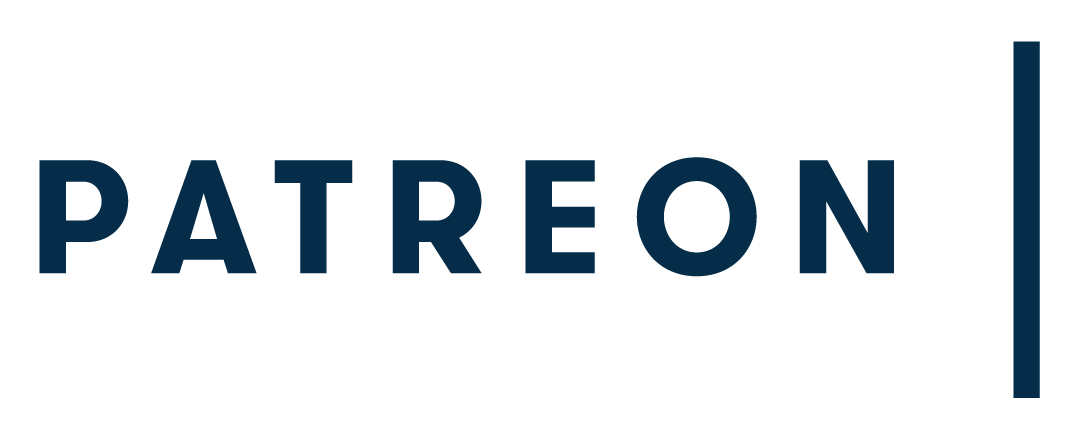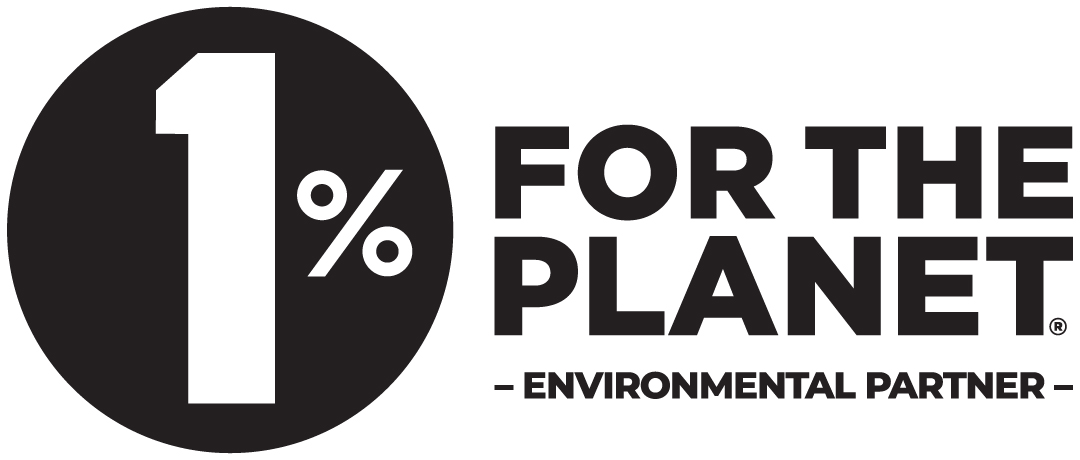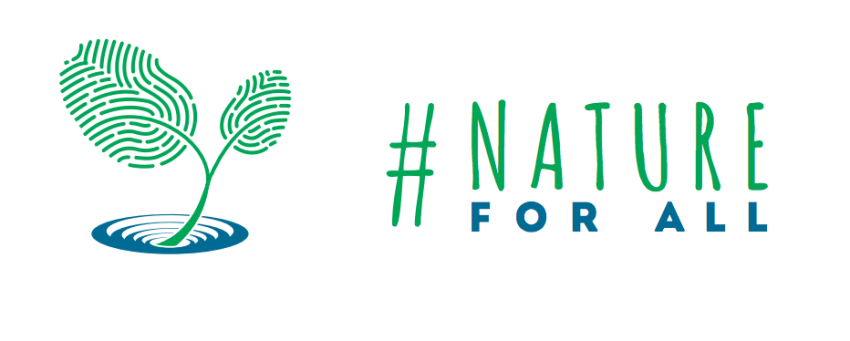Indigenous Storytelling as Research
Research & Communication / 422 views / Popular
- Listing ID: 11996
- Sub-Category: Research & Reference
- Source: Research Gate
- File Type: Resource
- Overview: Why Indigenous storytelling should be used for formal research
- Web Link: https://www.researchgate.net/publication/270548019_Indigenous_Storytelling_as_Research





 Or join us on Patreon!
Or join us on Patreon!






